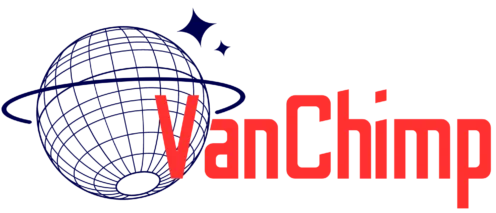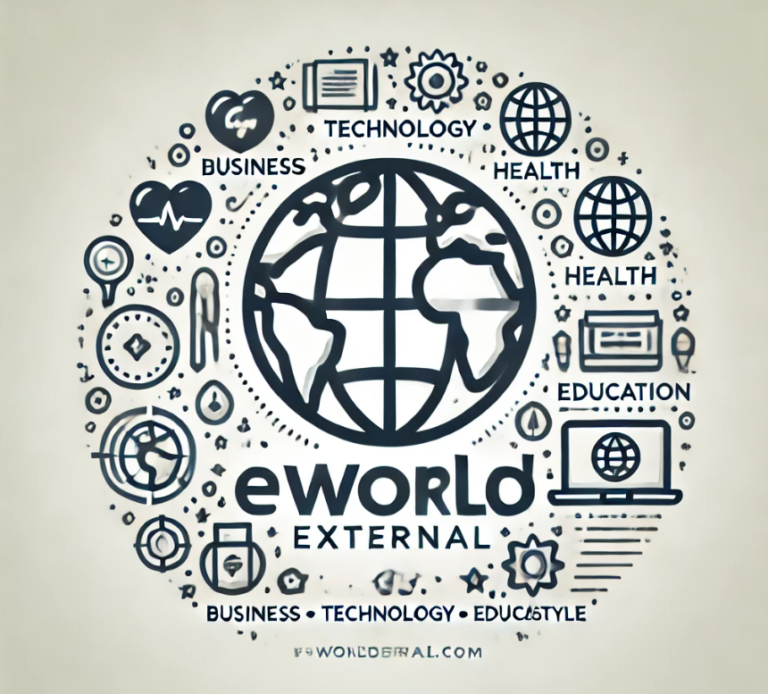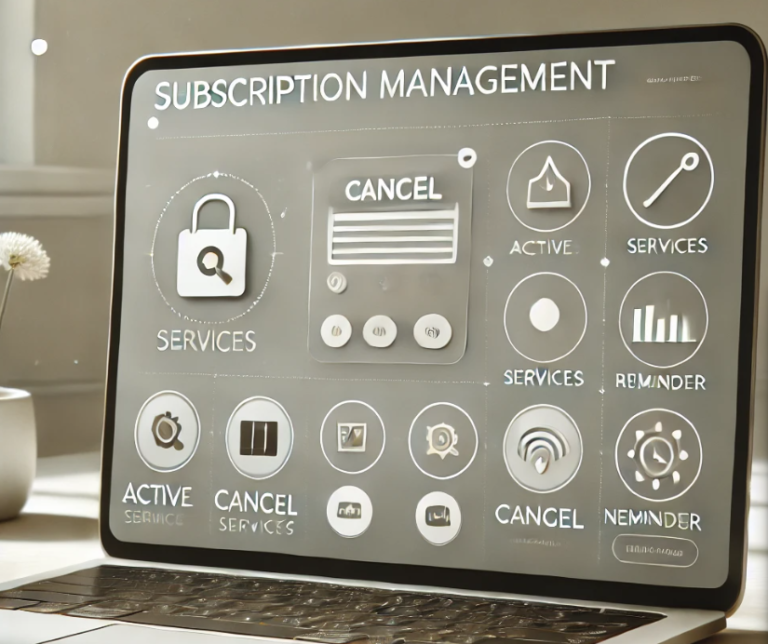
In the fast-paced world of technology, maintaining compliance with information technology (IT) regulations is not just advisable—it’s essential. A robust IT compliance framework ensures businesses adhere to legal standards, protect sensitive data, and foster trust among clients and stakeholders.
As regulations evolve, so must the strategies employed to meet them, making it imperative that organizations remain vigilant and proactive in their compliance efforts.
Key Takeaways:
- IT compliance is crucial for protecting data and avoiding regulatory fines.
- Adopting a compliance framework enhances security and builds trust.
- Continual updates and employee engagement are key to maintaining compliance.
Understanding IT Compliance
IT compliance is the term used to describe following a set of rules and regulations related to protecting data and guaranteeing its moral use. But is your IT compliant? The answer depends more and more on digital technologies. Noncompliance may result in serious repercussions, such as significant penalties and harm to one’s reputation.
Therefore, organizations must commit to developing compliance strategies as dynamic as the environments in which they operate. By embedding IT compliance into the fabric of their operations, businesses protect themselves from legal repercussions and build a solid foundation of trust and integrity.
The Role of Compliance Frameworks
A compliance framework is like a roadmap that guides an organization in aligning with regulatory requirements. Such frameworks are instrumental in structuring a systematic approach to IT Compliance, allowing businesses to streamline processes and strengthen security measures.
Organizations can identify potential vulnerabilities and address them proactively by incorporating a framework tailored to their industry. This proactive stance reduces the likelihood of breaches and ensures smoother operations, contributing to a culture where compliance is second nature.
Key Compliance Frameworks
Several compliance frameworks serve as the backbone for IT governance in various industries. Among the most prominent are those designed for data protection, healthcare, and financial services.
Each framework focuses on different aspects of security and data use, but all share a common goal: safeguarding personal information and ensuring it’s handled with respect and care. Adhering to these frameworks mitigates risks and opens the door to innovative solutions and practices that further enhance data protection.
Steps to Implement a Compliance Framework
Building a strong compliance framework involves several key steps:
- Risk Assessment: Identify areas where your organization may be vulnerable to compliance breaches. Thorough assessments help pinpoint weaknesses and allow for targeted mitigation strategies.
- Developing Policies: Establish clear policies that outline compliance requirements and expectations. Ensure that these are consistently reviewed and updated to address any new regulations.
- Employee Training: Educate employees about compliance policies and their roles in maintaining them. Regular training ensures everyone knows potential threats and how to respond.
- Continuous Monitoring: Implement monitoring tools to track compliance efforts. Regular audits help identify any lapses and ensure corrective measures can be taken promptly.
Overcoming Challenges
While embarking on a compliance journey, organizations may face several challenges. These could range from limited resources to rapidly changing regulations. However, leveraging technology and fostering a culture of compliance can help overcome these obstacles.
Businesses should invest in tools that automate compliance tracking and reporting, freeing up resources to focus on strategic decision-making. Moreover, encouraging a mindset where compliance is viewed as a collective responsibility can significantly enhance a company’s adaptability and resilience.
Keeping Up with Regulatory Changes
The regulatory landscape continually evolves, and maintaining compliance requires keeping up with these changes. To keep up with the most recent rules and trends, businesses should join professional forums or subscribe to industry newsletters. An agile strategy that quickly adapts to new requirements is vital in preventing compliance-related disruptions.
Conclusion
Thriving in IT compliance requires more than just ticking off a checklist—it’s about creating a culture where compliance is ingrained in every aspect of business operations. By understanding the intricacies of compliance frameworks and developing a strategy that aligns with organizational goals, businesses can protect themselves from regulatory pitfalls while fostering trust and reliability in the marketplace. As the compliance landscape continues to change, the organizations that are proactive, flexible, and committed to education and improvement will be the ones that thrive.



